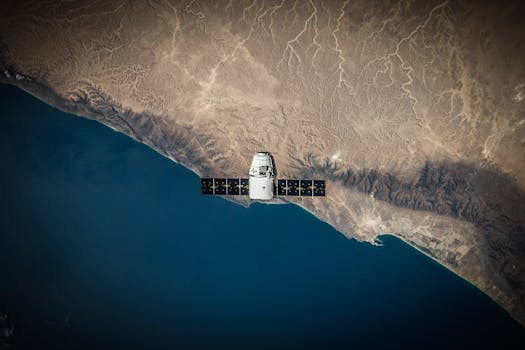LEO Satellites: The Future of Global Connectivity

LEO Satellites: The Future of Global Connectivity
LEO satellites, or Low Earth Orbit satellites, are a type of satellite that operates in a low Earth orbit, typically at an altitude of around 160 to 2,000 kilometers. This allows them to provide high-speed, low-latency connectivity, making them ideal for a wide range of applications, including broadband internet, IoT, and 5G networks.
The use of LEO satellites is becoming increasingly popular, with many companies, such as SpaceX, OneWeb, and Amazon, investing heavily in the development of LEO satellite constellations. These constellations are designed to provide global coverage, with thousands of satellites working together to provide seamless, high-speed connectivity.
How LEO Satellites Work
LEO satellites work by using a network of satellites in low Earth orbit to provide connectivity to users on the ground. The satellites are equipped with transceivers, which allow them to communicate with other satellites and with users on the ground. The satellites are also equipped with antennas, which are used to transmit and receive data.
The data is transmitted from the user’s device to the satellite, and then from the satellite to a ground station, where it is routed to its final destination. This allows for high-speed, low-latency connectivity, making it ideal for applications that require real-time communication, such as video conferencing and online gaming.
Advantages of LEO Satellites
LEO satellites have several advantages over traditional geostationary satellites. One of the main advantages is their low latency, which is typically around 20-30 milliseconds, compared to the 200-300 milliseconds of geostationary satellites. This makes them ideal for applications that require real-time communication.
Another advantage of LEO satellites is their ability to provide global coverage, even in areas where traditional connectivity is limited or non-existent. This makes them ideal for use in remote or underserved areas, where access to connectivity is limited.
Challenges and Limitations
While LEO satellites have many advantages, they also have some challenges and limitations. One of the main challenges is the high cost of launching and maintaining a large constellation of satellites. This requires significant investment and infrastructure, which can be a barrier to entry for some companies.
Another challenge is the risk of interference from other satellites and systems, which can impact the performance and reliability of the constellation. This requires careful planning and management to minimize the risk of interference and ensure seamless connectivity.
Conclusion
In conclusion, LEO satellites are revolutionizing the way we communicate and access data. With their ability to provide high-speed, low-latency connectivity, they are poised to play a critical role in the future of global communication. While there are challenges and limitations to the use of LEO satellites, the benefits they offer make them an attractive option for a wide range of applications, from broadband internet to IoT and 5G networks.